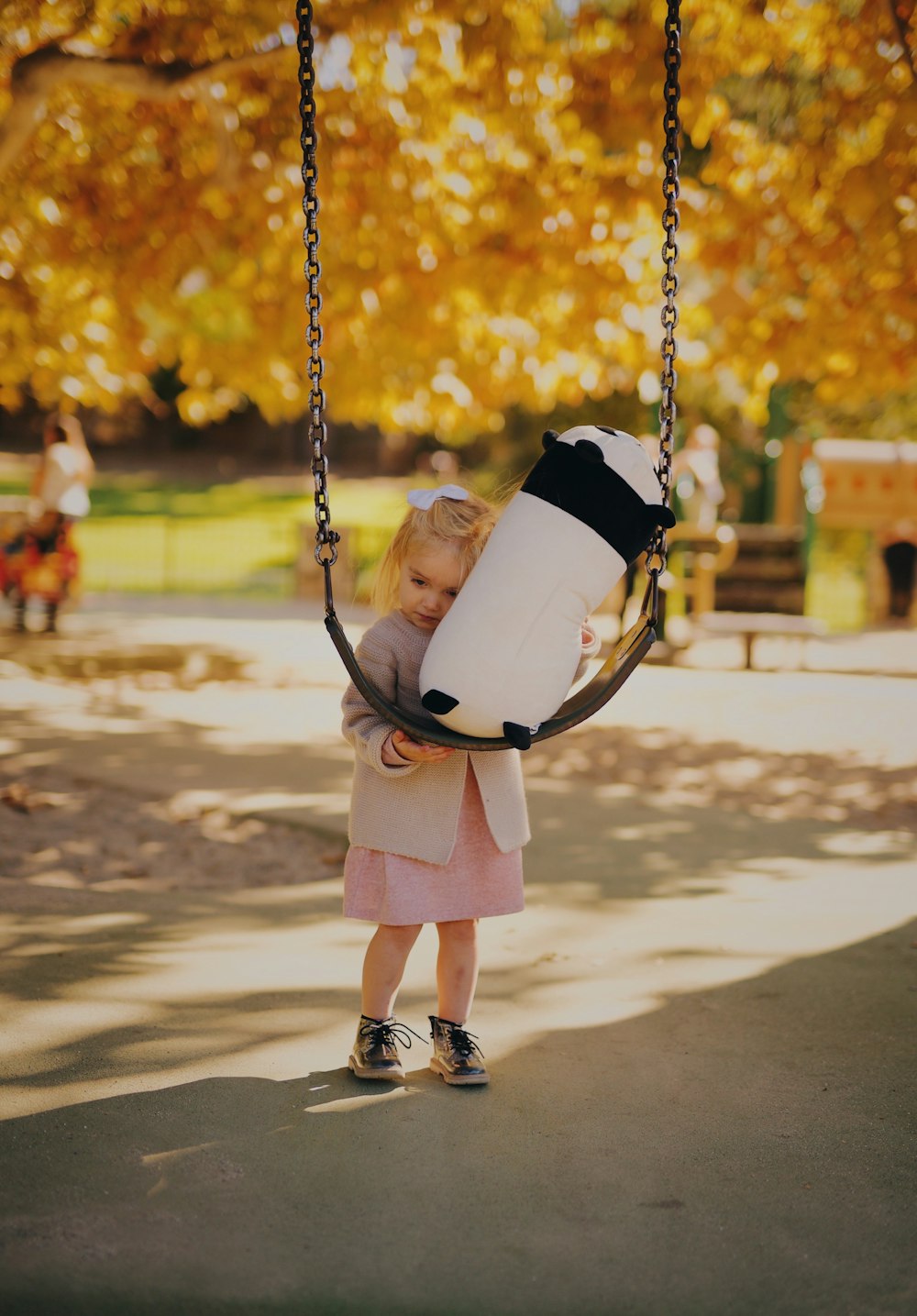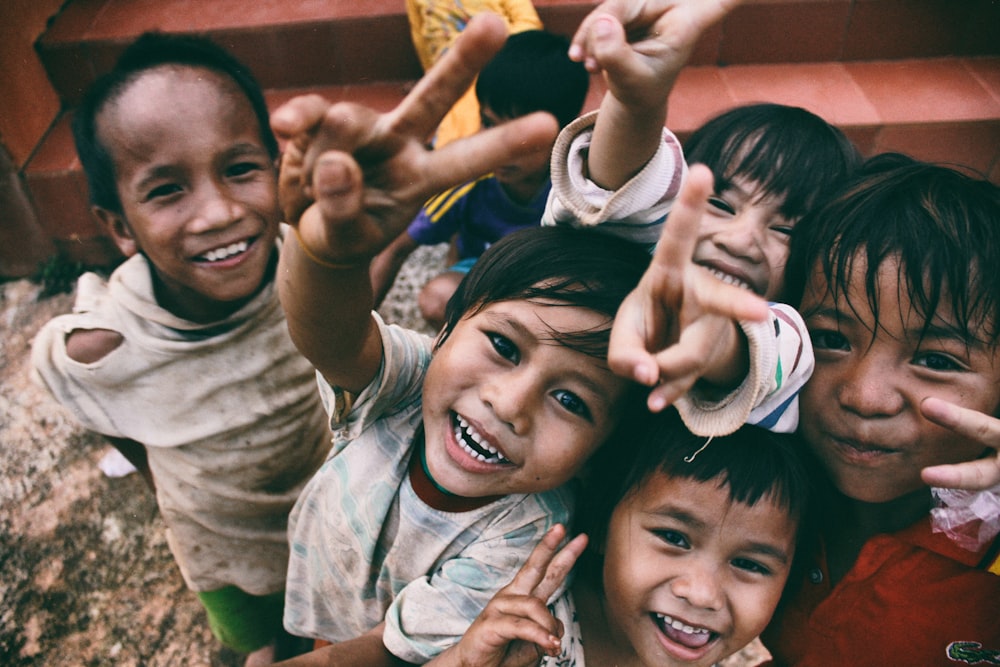All the printables can be downloaded from the following link for a low fee:
In order to facilitate a sense of belonging, we need to understand what it is and how it is felt. All children have a right to feel accepted and respected. This is especially important in the early childhood setting. By promoting understanding of difference and diversity, early childhood educators can assist children and their families to build positive relationships with their local communities.
Maslow’s hierarchy of needs is a motivational theory in psychology made up of a five-tier model, often depicted as a pyramid. From the bottom of the hierarchy upwards, the needs are: physiological (food and clothing), safety (job security), love and belonging needs (friendship), esteem, and self-actualization.
Needs lower down in the hierarchy must be satisfied before individuals can attend to needs higher up.

As humans, we need to belong. To one another, to our friends and families, to our culture and country, to our world.
What does it mean to belong? Or to feel a sense of belonging? Those are important questions as we move towards building a framework to help children feel accepted and respected. Belonging is a sense of fitting in or feeling like you are an important member of a group.
In 1968, a man named Fred Rogers took to the television. Mister Rogers’ Neighborhood offered children a place to be accepted and understood. Mr. Rogers understood that a sense of belonging is a basic human need and that it is vital to children’s social and emotional development. He assured children regularly, “I like you just the way you are.”
Sometimes the world has a way of making us think if we’re in the helping profession, if we’re helping children, we need to do something big, spectacular, transformative, and that’s the only way that counts,” he said, but in fact, children learn volumes from the smallest interactions — how we greet them, how we address them when they are sad.
When we are building a connection with children to foster that sense of belonging, it is important to maintain awareness of each child’s culture. Culture is the characteristics and knowledge of a particular group of people, encompassing language, religion, cuisine, social habits, music and arts. Culture is not just things that are visible. Culture encompasses many beliefs that are not readily seen. A child may be raised in a culture that shows higher respect for men than women, a child may be raised in a culture that uses loud voices to display happy emotions, or a child may be raised in a culture where quality clothing represents much more than monetary wealth. In order to learn about these small nuances of each child, a conscious effort must be made to get to know the child and family.

Part of culture is the development identity. Children are constantly working to develop a sense of self. Children begin in infancy by defining themselves with their senses. They focus on their bodies. Toddlers begin to notice differences in others and may be uncomfortable around those who differ. When children reach the age of 3 to 4, they start to realize the aspects of culture that have importance for those around them. School-age children are transitioning out of the egocentric “me” stage, to a stage in which they have a greater understanding of the “me” within the “us.”
Giving children messages of respect, love, approval, and encouragement enables them to develop a positive sense of who they are and a feeling that they have an important contribution to make wherever they are. Children constantly bombarded with images portraying people from the same background in a negative light or as inferior, start to dislike who they are. Children may reject what they have been taught by their parents if they find that what they do at home is never mentioned, or is considered strange by other children and adults. As society is not equitable and racial bias does exist, the colorblind approach denies children the validity of their experiences of the world. Children who do not feel a part of the classroom community will have difficulty forming trusting relationships. Children who exhaust their energies attempting to meet a belonging deficiency have no reserves left for cognitive functions.

Children who feel a sense of belonging and connectedness will be happy, more relaxed and have fewer behavior problems than others. When children feel included, they are more likely to be accepting of others and sensitive to their needs, and they feel safer and more secure. Children begin to understand unfairness and understand that it hurts. As children become more aware of their own physical traits and characteristics, they become more aware of the differences between themselves and others. Depending on their experiences, children can form both positive and negative ideas and attitudes about difference. Early childhood is a crucial time to equip children with pride in their own racial and cultural identity and an appreciation of other people’s racial and cultural identities.
Educators must have more than a positive disposition. They also need to understand ways to ensure that children can access activities and learning opportunities in the classroom, participate and engage with their peers, and experience success.

Here are some tips to help encourage a sense of belonging in your early childhood environment. Remove stereotypes. In Disney’s The Lion King, the destructive hyenas have black or dark skin. Scarface, the mean lion, has a black mane. After hearing the story Snow White, a child announced, “Stepmothers are wicked.” It is important to look at the physical environment and be aware of possible stereotypes. The other way to remove stereotypes is to challenge them when they are verbalized or displayed by children. If a child is heard saying, “You can’t have two moms,” present books such as Mommy, Momma, and Me or Love Makes a Family. Ignoring these comments will send the message that the child is correct.
Here is an activity to use in your classroom. This activity is designed to help build an inclusive, culturally competent classroom. You will download 22 inclusive career cards for a low fee.

Use inclusive language. Language is a way of signaling to children “you belong here,” or conversely, “you don’t belong here.” “Let’s draw our house.” Seems like a simple statement. However, not all children live in houses. Some are in apartments, mobile homes, grandparent’s basements, or even cars. A more inclusive way to say this is to draw where you sleep. Use neutral language when talking about groups of people, and when you don’t know someone’s gender. Here are some examples:
- Students
- Friends
- Children
- Kiddos
- Families
- Grown-ups
Try not to genderize supplies. Research has found that dividing children’s toys based on gender can have lasting developmental implications. Between ages three to five, gender is very important to children. When children see clearly divided aisles with reinforced gender cues like pink or blue toys, they pay careful attention. Pink dollhouses can be replaced with primary colored houses. Have books such as Julián Is a Mermaid By Jessica Love that allows boys to like beautiful things and Mae Among the Stars By Roda Ahmed that encourages girls to think about the sciences.
Represent all children. What children see around them positively or negatively shapes their expectations for themselves and each other. Be sure children can see themselves and their peers as strong, creative, capable, happy, and connected.
Here are area posters to use that show 8 languages. These will help children see a familiarity of their home language and also learn that other languages are part of our world. This download is for 9 different areas and is FREE!

Here is a multicultural match game. Children from around the world are depicted in a positive way. This download is for 15 cards and can be downloaded for a low fee:

One way to make sure you represent all children is by having familiar materials. Children see adults pay in a variety of ways; cash, checks, credit cards. Here are two free downloads to include in your dramatic play area:


One way to acknowledge differences is through the use of communication cards. Children with a unique home language may have a difficult time communicating in the classroom. Communication cards bridge the gap between home and school by allowing children to effectively have their needs met. This download is for 30 common daily activities and situations children may encounter in the classroom. You can download these cards for a low fee.













